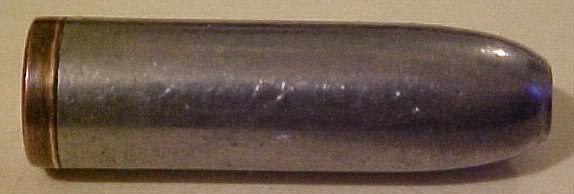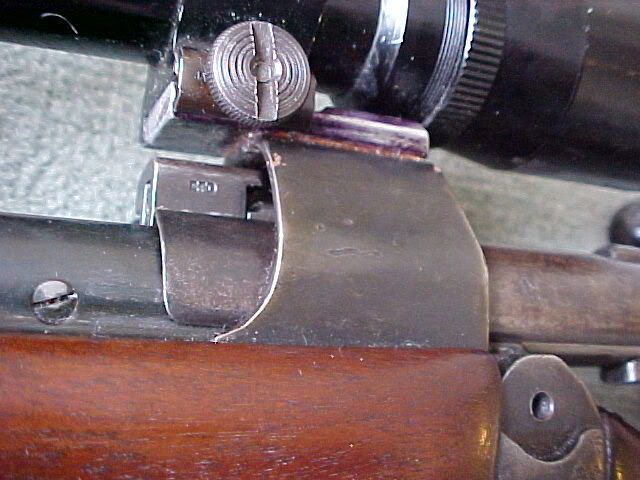My Grand-dad carried a Ross for the first couple of years in WW1 until thye finally got the #1 Rifle. Grand-dad said they jammed in the mud and if you didn't assemble the bolt properly the damm thing came back at you. He spent four years in the trenches, not much time in Parliament I am afraid. This was a rather big scandle back in Canada I am told.
He of course is gone now as are all our WW1 vets. April 9th has a special meaning for us.
Take Care
Bob

|
   
   
|


|




 Reply With Quote
Reply With Quote





 Most of the time my LE don't kick up simply because the bolt closes firmly onto the loaded round. Actually, I'm not even sure any of them kick up. Mmm.... I can't be that lucky!
Most of the time my LE don't kick up simply because the bolt closes firmly onto the loaded round. Actually, I'm not even sure any of them kick up. Mmm.... I can't be that lucky!


 worn actions have more bolt jump and it has nothing to do with the firing pin collar hitting the rear of the bolt head and making the bolt vibrate like a tuning fork.
worn actions have more bolt jump and it has nothing to do with the firing pin collar hitting the rear of the bolt head and making the bolt vibrate like a tuning fork. 












